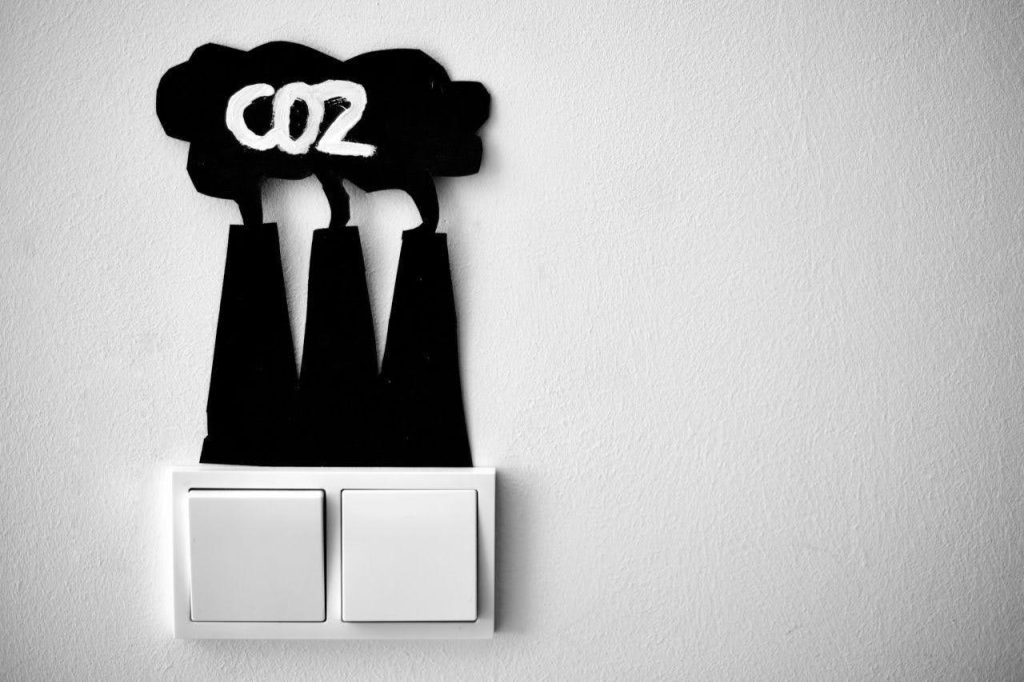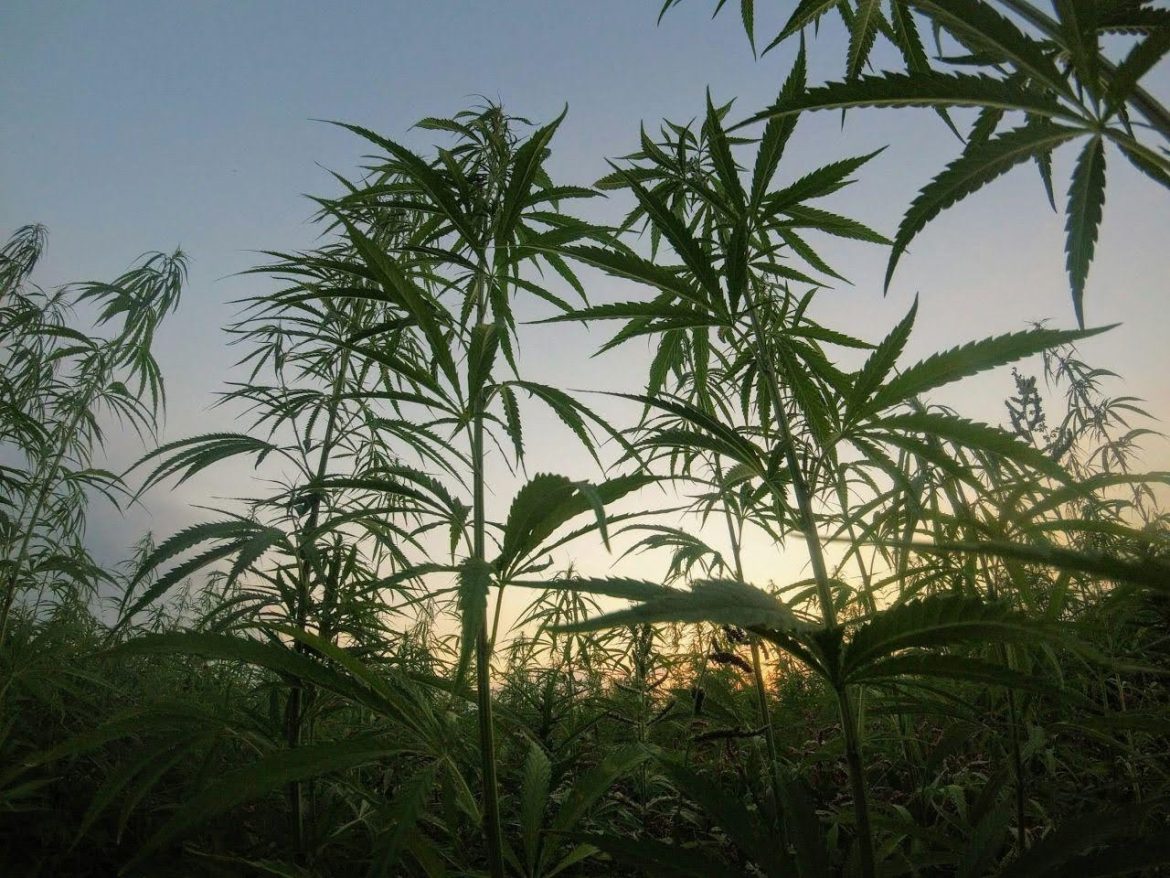Table of Contents
Hempcrete is rapidly gaining attention as an innovative building material that offers sustainable solutions for modern construction. Building with hempcrete benefits the environment and enhances the comfort and health of your home. As more people seek eco-friendly alternatives, hempcrete stands out for its unique properties and practical applications. This natural material combines hemp’s durability with lime’s versatility, making it a promising choice for future-friendly homes.
What is Hempcrete?
Hempcrete is a composite material from hemp hurds, lime, and water. The hemp hurds, which are the woody core of the hemp plant, provide lightweight insulation, while the lime acts as a binding agent. Unlike traditional concrete, hempcrete is not used as a structural element; instead, it serves as an infill material that enhances the overall performance of a building. Its lightweight nature makes it easy to work with, and its excellent insulation properties help regulate indoor temperatures, contributing to energy efficiency. Hempcrete also offers a unique aesthetic with a natural texture that many homeowners find appealing.
Leading the Hempcrete Revolution
As sustainable building materials gain popularity, certain states have emerged as pioneers in the hempcrete movement. Among them, Colorado stands out for its early adoption of industrial hemp, which was legalized shortly after the 2014 Farm Bill. This head start and a strong focus on sustainability have positioned Colorado as a leader in hempcrete construction. While other states like California and Oregon are making strides, Colorado’s infrastructure and environmental focus give it an edge.
In addition, if you’re considering a move to join this innovative effort, professional movers offer great value for money to cover all your moving needs. Spyder Moving is a professional moving company that offers reliable and efficient moving services to ensure a smooth and hassle-free transition. Whether you’re relocating to contribute to the hempcrete movement or simply seeking a fresh start, this expert team will handle your moving needs so you can easily focus on starting your hempcrete journey.
The Environmental Benefits of Hempcrete
Hempcrete provides several environmental benefits, making it an excellent choice for sustainable construction. This material can help protect the planet while enjoying its unique advantages. Here are some key benefits of using hempcrete.
Reduced Carbon Footprint
One of hempcrete’s most significant environmental benefits is its reduced carbon footprint. As they grow, hemp plants absorb carbon dioxide (CO2) from the atmosphere, effectively capturing carbon that would otherwise contribute to climate change. Approximately 1.62 tons of CO2 are absorbed for every ton of hemp grown. That means using hempcrete in construction minimizes greenhouse gas emissions and helps offset some carbon produced during building processes.

Biodegradable Material
Hempcrete is also a biodegradable material, which sets it apart from many conventional building materials. Unlike traditional concrete, which can take centuries to decompose, hempcrete will break down naturally over time. This property significantly reduces landfill waste, as end-of-life hempcrete can be returned to the earth without harming the environment. Its ability to decompose naturally contributes to a more sustainable building lifecycle, making it an appealing choice for eco-conscious builders and homeowners.
Energy Efficiency
Energy efficiency is another vital advantage of hempcrete. Its excellent insulation properties help regulate indoor temperatures, leading to lower energy consumption for heating and cooling. In truth, hempcrete walls can provide thermal resistance that exceeds traditional building materials. Research indicates that buildings constructed with hempcrete can achieve energy savings of up to 30% compared to those made with standard materials. That reduces utility bills for homeowners and lessens the overall energy demand, further benefiting the environment.
Health and Comfort in Hempcrete Homes
Hempcrete contributes to better indoor air quality, essential for a healthy living environment. The material naturally regulates humidity levels, absorbing excess moisture and releasing it when needed. This ability helps prevent the growth of mold and mildew, which can trigger allergies and respiratory issues. Additionally, hempcrete is free from harmful chemicals often found in traditional building materials, promoting a safe and clean indoor atmosphere.
In addition to improving air quality, hempcrete enhances thermal comfort in homes. Its superior insulation properties maintain stable indoor temperatures, reducing the need for heating and cooling systems. As a result, you can enjoy a cozy environment year-round, regardless of external weather conditions. Studies have shown that homes built with hempcrete experience less temperature fluctuation, leading to a more comfortable living space.
Cost Considerations: Is Hempcrete Affordable?
When evaluating the affordability of hempcrete, you need to consider both initial costs and long-term savings. While the upfront price of hempcrete may be higher than traditional materials, the benefits can outweigh these costs. Hempcrete’s energy efficiency reduces heating and cooling expenses, lowering utility bills. Additionally, the durability of hempcrete can minimize maintenance costs, as it is resistant to pests and mold. Homeowners may also find financial incentives or grants for using sustainable materials, making hempcrete a smart investment in environmental impact and economic savings.

Building with Hempcrete: A Simple Overview
Building using hempcrete involves a few key steps. Start by preparing the site and finalizing the design, focusing on insulation and ventilation. Once the foundation is ready, mix hemp hurds, lime, and water to create the hempcrete mixture. Apply this mixture as an infill between structural elements, like wooden frames. Allow for proper curing time to achieve optimal strength and insulation. After curing, you can finish the walls with various materials to suit your aesthetic preferences.
Choosing the right professionals is essential for a successful hempcrete project. Look for builders experienced in hempcrete construction, as their expertise can greatly impact the build’s quality. Proper training and certification are crucial for ensuring effective installation. Consider seeking recommendations from local sustainable building organizations or online forums focused on eco-friendly construction.
Real-World Examples: Hempcrete in Action
Hempcrete has been used in various projects worldwide, showcasing its versatility and benefits. For instance, the first commercial hempcrete building in the United States, located in Asheville, North Carolina, highlights its energy efficiency and aesthetic appeal. Another notable project is the La Maison de la Turque in France, which features hempcrete walls that provide excellent insulation and comfort. Homeowners have reported improved indoor air quality and reduced energy bills after switching to hempcrete. These real-world examples illustrate how building with hempcrete can lead to beautiful, sustainable homes that benefit both the environment and the occupants.
How to Get Started with Your Own Hempcrete Project
Getting started with your hempcrete project begins with thorough research and planning. Familiarize yourself with the material’s properties and benefits to understand how it fits your building goals. Explore resources like books, online articles, and videos that explain the process and advantages of hempcrete. Assessing local building codes and regulations related to sustainable construction is also important.
Connecting with a supportive community can also make building a hempcrete structure much easier. Look for local workshops, classes, or online forums where you can learn from experienced builders and enthusiasts. Engaging with these groups can provide valuable insights, tips, and encouragement. Additionally, consider joining organizations focused on sustainable building, as they often offer resources and networking opportunities to help you with your project.

Conclusion: The Future of Building with Hempcrete
The future of sustainable construction looks promising with the rise of hempcrete as a popular building material. By building with hempcrete, you make an eco-friendly choice and invest in a healthier living environment. Its unique properties, such as excellent insulation and biodegradability, contribute to reduced energy costs and a lower carbon footprint. As more builders and homeowners recognize the benefits of this innovative material, we can expect hempcrete to play a significant role in creating greener, more sustainable communities. Embracing hempcrete today means paving the way for a more sustainable tomorrow.
